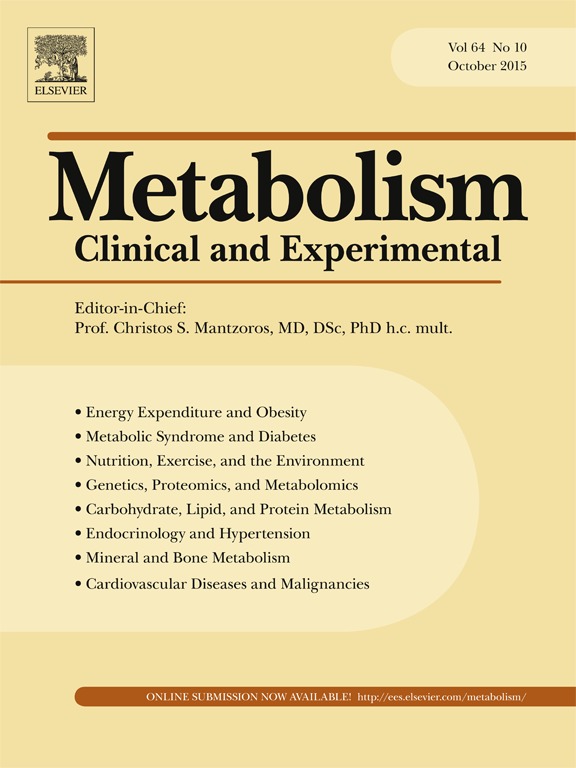April 2005 - A collaborative effort led by The Burnham Institute's Gen-Sheng Feng has created a mouse with improved glucose tolerance and insulin activity in the liver, and generated new findings about insulin-signaling in the liver that could prove useful in understanding the pathogenesis of type 2 diabetes. These results, to be published by Nature Medicine in May, were made available to the scientific community on April 10th.
The liver plays a major role in the uptake of glucose from the bloodstream, its storage, and regulation. Insulin resistance in the liver is a crucial factor in the development of hyperglycemia and hypertriglyceridemia in individuals who suffer type 2-diabetes. Precisely how insulin-initiated signals are modulated in liver cells for glucose uptake and metabolism is unknown.
Gen-Sheng Feng, Ph.D., a Professor in The Burnham Institute's Signal Transduction Program, has focused his efforts on a recently discovered protein called Gab1. Gab1 has a structure that is similar to other proteins in a family known as Insulin Receptor-Signaling, or IRS, proteins. IRS proteins relay signals initiated by insulin receptors and thus play a critical role in insulin regulation inside cells. Biochemical studies on Gab1 in cell cultures suggested that Gab1 is also involved in insulin signaling, but it is not clear how Gab1 acts to control insulin activity in the liver.
To learn how Gab1 functions in the liver, Feng used a highly advanced genetic engineering technology, called tissue-specific gene deletion, to create a mouse in which the Gab1 gene was deleted, or "knocked out", from the liver, and only the liver. Offsprings were termed "LGKO" for liver-Gab1 knockout mice.
Dr. Feng's laboratory, in collaboration with Drs. Andrea Hevener and Jerrold Olefsky at the University of California, San Diego, conducted a thorough investigation of the glucose metabolism and insulin activity in this newly-created mouse strain. Interestingly, the LGKO mice had reduced blood glucose levels and lower levels of serum insulin. The mice retained triglycerides in the liver with a commensurate decrease of circulating triglycerides in the bloodstream. Insulin response to glucose load was diminished in LGKO mice, thus glucose tolerance in the liver was significantly improved in the absence of Gabl protein.
Continue Reading Below ↓↓↓
The Feng team conducted biochemical analyses on the LGKO mice, homing in on enzymatic pathways critical to insulin response in cells. Upon stimulation with insulin, they found an elevated level of Akt/PkB kinase, an enzyme needed for insulin signaling, and elevated activity of IRS proteins. There was no activation of another enzyme, Erk, which is elevated in normal liver in reaction to insulin stimulation. Dr. Feng concluded that the function of Gab1 in normal liver cells is to promote signaling in the Erk pathway, which reduces insulin response signals flowing through IRS and Akt proteins.
"We propose that Gab1 acts as a negative regulator on insulin signal strength in the liver," said Dr. Feng. "In this work, by making a new liver-specific gene knockout mouse model, we found a novel balancing mechanism for control of liver insulin signaling. Our observation might be instrumental for understanding better the pathogenesis of type II diabetes and designing anti-diabetes drugs."
Co-authors on this study from Dr. Feng's laboratory were Emilie Bard-Chapeau, Ph.D., and Shinong Long, Ph.D., postdoctoral fellows, and Eric Zhang, graduate student in the Burnham Institute-UCSD's joint graduate training program in Molecular Pathology.
Jerrold Olefsky, Ph.D. and Andrea Hevener, Ph.D. are Professor and Adjunct Associate Professor, respectively, in the Department of Medicine at the University of Calfornia, San Diego.
Source: Burnham Institute










